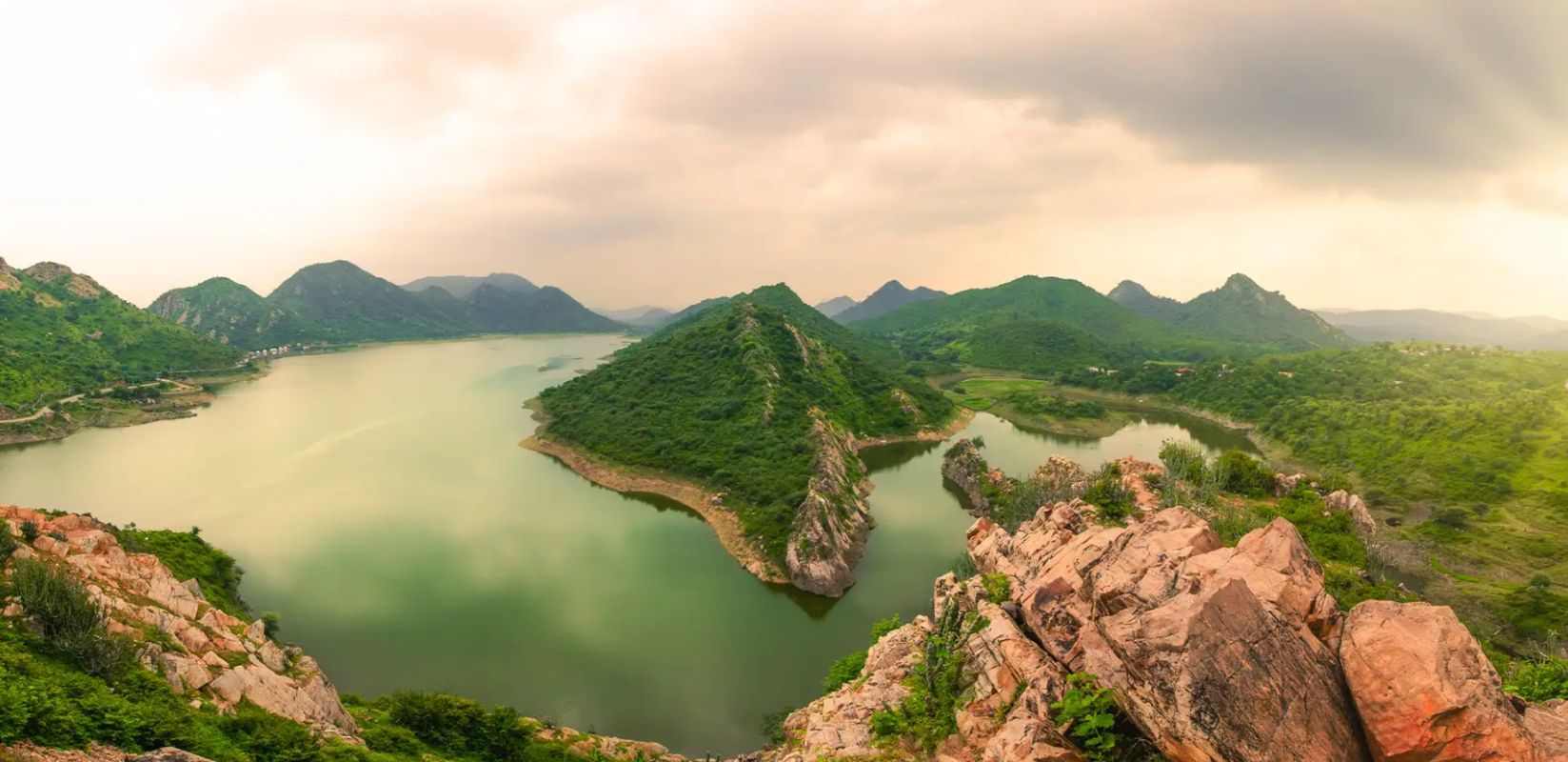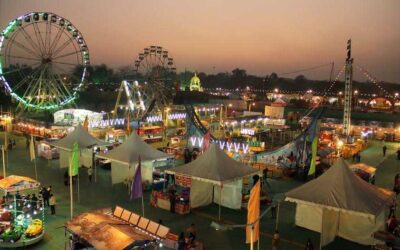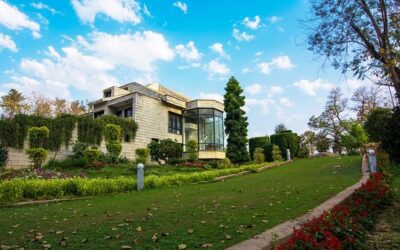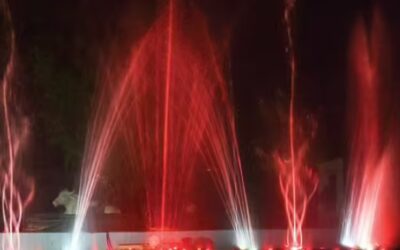The Aravalis and Badkhal Lake are much more than just hills on the horizon – they are one of the world’s oldest mountain ranges and play a vital role in keeping the environment of the National Capital Region (NCR) healthy and livable. Stretching across Rajasthan, Haryana, and Delhi, these ancient ridges provide a range of ecological services: they help recharge groundwater, hold soil together, support rich biodiversity, and act as natural carbon sinks.
Nestled within this landscape is Aravalis and Badkhal Lake, once a vibrant water body and a key recharge zone for the surrounding groundwater systems. Over the years, however, both the Aravalis and Badkhal Lake have come under growing threat due to rapid urbanization, unregulated mining, and ecological neglect.
Unchecked quarrying in the Aravalis and Badkhal Lake has led to major environmental damage – destroying natural habitats, increasing soil erosion, and lowering the water table. At the same time, expanding cities have swallowed up forests, blocked wildlife corridors, and added more pollutants to the ecosystem. Aravalis and Badkhal Lake, in particular, has seen a dramatic decline. A major infestation of water hyacinth, fed by nutrient-rich sewage water, took over the lake surface within months in 2025. This invasive weed blocks sunlight, drains oxygen from the water, and kills off native aquatic life.
The Aravalis and Badkhal Lake: Protecting NCR Natural Green
The situation demands urgent and coordinated action. First and foremost, stronger laws need to be enforced. Haryana already has regulations in place to protect the Aravalis and Badkhal Lake — especially through zoning laws that limit construction and land-use changes in sensitive areas. These rules must be applied strictly, especially in zones marked for no development. Similarly, a 200-meter buffer zone around Badkhal Lake should be legally protected to prevent further encroachment or pollution.

Restoring the health of these ecosystems will also require serious ecological work. Replanting native trees in degraded areas can help stabilize slopes, bring back biodiversity, and reconnect fragmented forest patches. Aravalis and Badkhal Lake, meanwhile, needs a focused rehabilitation effort: this includes regular removal of water hyacinth and planting of native wetland plants that can naturally filter the water and support aquatic life.
Water conservation must also be part of the plan. Simple but effective structures like check-dams and percolation tanks can help capture rainwater and allow it to seep into the ground, restoring the area’s natural water cycle.
Of course, no conservation effort can succeed without the involvement of the local community. People living around the Aravalis and Badkhal Lake must be empowered to become stewards of their natural resources. This means giving them a voice in planning and decision-making, supporting local eco-friendly businesses like nature tourism or medicinal plant harvesting, and creating awareness about the vital role these ecosystems play in everyone’s lives.

Monitoring progress is equally important. Using environmental sensors to track groundwater levels, air quality, and lake water conditions can provide real-time data to guide restoration efforts. Biodiversity surveys can help us understand whether animal and plant life is returning. And based on what the data shows, strategies can be adjusted over time to make them more effective.
Financing these efforts will require collaboration between government, private companies, and civil society. Corporate Social Responsibility (CSR) programs can play a big role — for instance, by funding weed-removal machines or training programs for local youth. A multi-agency task force should also be created to coordinate actions between departments and ensure that everyone is working toward the same goals. Additionally, state and national climate funds can be tapped to support large-scale afforestation and water conservation projects.
In the end, protecting the Aravalis and bringing Aravalis and Badkhal Lake back to life is not just an environmental cause — it’s a necessity for the long-term health, water security, and well-being of millions of people in the NCR. With the right mix of legal protection, ecological restoration, community involvement, and sustainable funding, we can preserve these green lungs for future generations while also creating new opportunities for biodiversity, eco-tourism, and local livelihoods.




